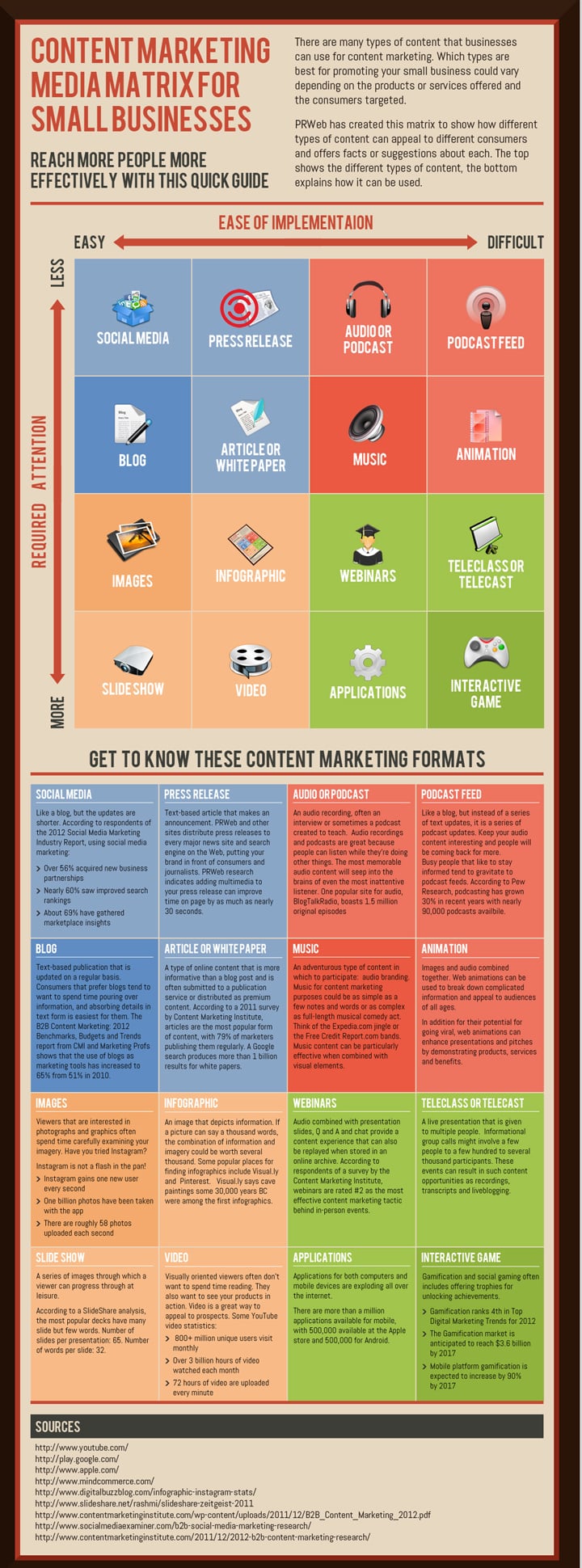Brands today function on a very different level than where they did even a decade ago. The explosion of the social media sphere and the related circus has led us to rethink our branding strategy. Which, in hindsight, may not be such a bad thing – considering the fact that engagement today is prime property more than ever, and the customer really is king.
But while we give our customers a paper crown which they demolish at the drop of a status update, the real crown sits pretty on the head of another entity – an entity that commands respect and forces brands to speak in soft whispers as they walk along the silent corridors of branding. That entity goes by the name of content.
What is Content?
When we speak about online branding, content could mean a variety of things. It could mean an infographic for your blog, a Facebook update, a video, a Pinterest board, Tweets, website content, E Commerce descriptions as well as newsletters, emailers, landing pages, and so much more! A consistent production of content that speaks in the voice of the brand takes time to resonate and then pick up a pitch – a pitch that the ideal customer will eventually begin to understand and relate to. But the keyword here is consistency – of tone, of frequency of content generation, of getting up every morning to create engaging content.
With the deluge of information a customer is subjected to today, and attention spans getting shorter, a brand must work hard to earn those 60 seconds of undivided attention.
So what does content do for your brand? Let’s go through this checklist to find out, shall we?
Content rules
Well, that pretty much sums it all; but how? Content creates talking pieces; real conversation starters. And while in traditional media, the customer or the ideal customer was forced to listen – today listening is only half of it. The creation of engaging content means taking your brand to a space where the customer can talk back. And that is only the beginning. For example, you take a really strong point from your next blog post, package it as a headline style statement for Facebook, insert a relevant eye catching image – and you’ve started!
Content keeps brands moving
Once the conversation between the target customer and the brand has begun, the only way to move is forward. Positive reinforcement of what a customer aspires from life, inspiration to live a better life, and real interaction – albeit on a virtual platform – are the different ways in which content talks. The same content for a brand can be packaged differently for various platforms. For example, the epic hits and misses on the latest red carpet event could be your new blog post. A picture of a trending celebrity with a caption like “Find out the surprising thing that took the red carpet by storm this season”, could be your Facebook post.
“Red Carpet and epic madness #redcarpet” would be your tweet. And a Pinterest board of all the celebrities, who wore what, and a short summary for each picture would follow.
Content turns the target customer into a real, tangible functioning customer
Who is your target customer? This is the question that content both asks and answers during the course of the interaction depicted above. The story telling bit – whether in a blog or an inspirational post on Pinterest, or a Twitter hashtag – is a virtual invitation to the target customer. This ideal customer takes notice and replies back and before you know it, content turns this target customer into your ideal customer!
Content makes for success stories
And above all, content blows your trumpet for you, it helps you harness potential on various platforms all at once – and you don’t have to travel even a meter to meet your ideal customer!
So what makes a happy customer? Well, happy content seems to be the answer. Turn to sparkling, bright, witty, relevant content to get your brand to really perform! That is the norm of the day.
Infographic source: Forbes


